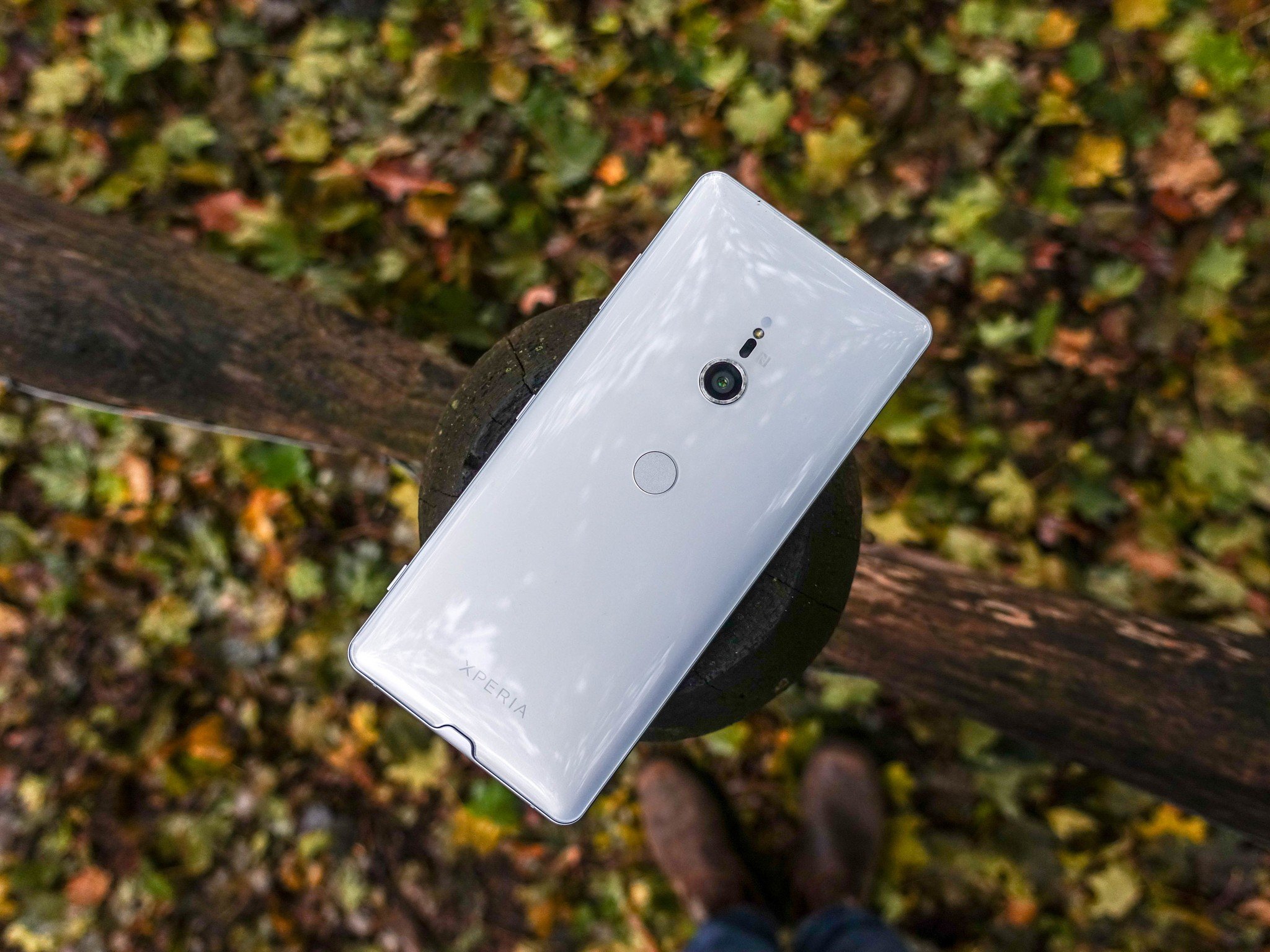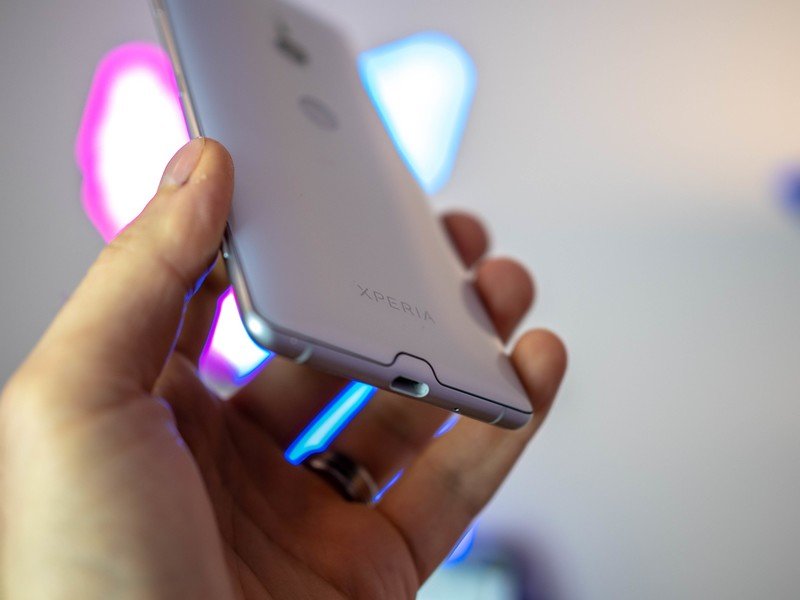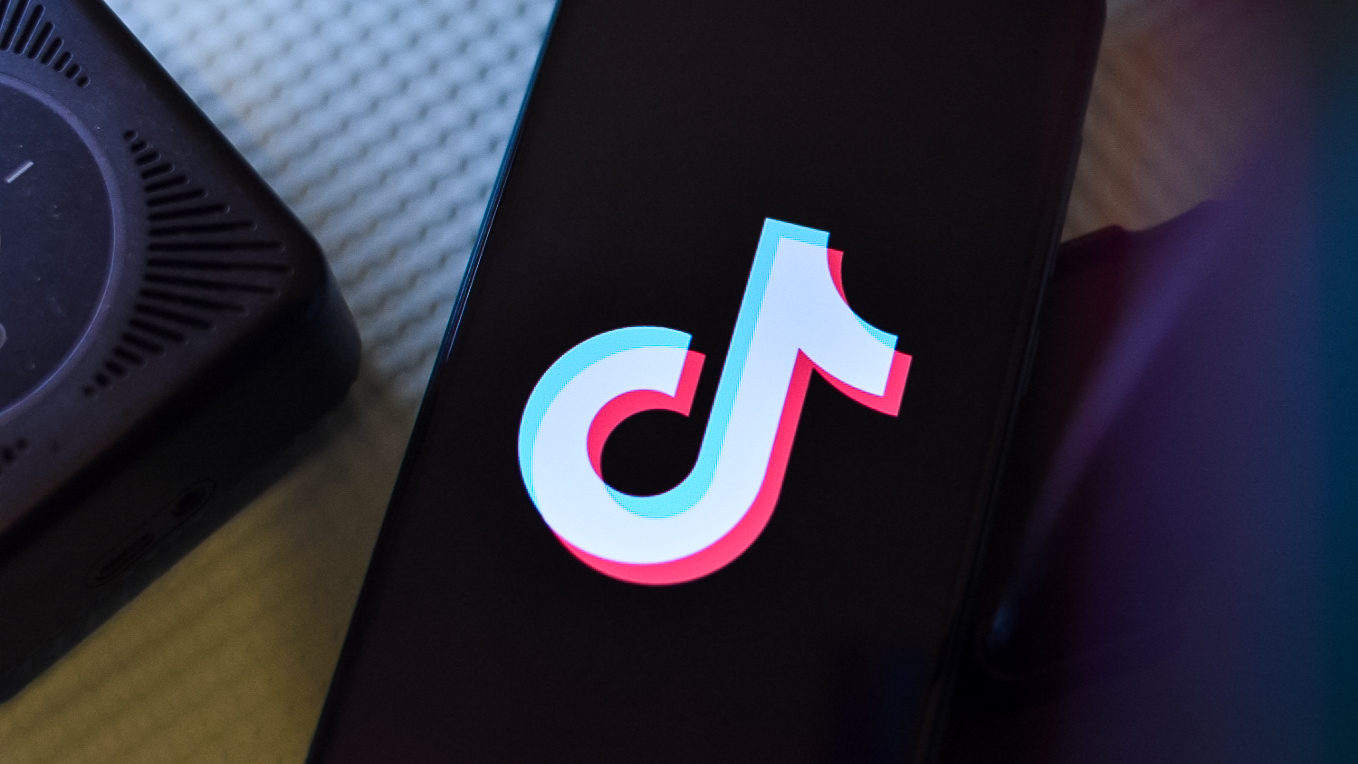I know I'm a little late to this one, but Sony products are ones that I feel the need to luxuriate in, to get a feel for their pros and cons, benefits and drawbacks, over the course of a few weeks, not a few days. I think that's OK, too, because the average Sony smartphone buyer probably isn't lining up on day one to buy the company's new phones. That is, if they're even in a country that sells Sony products in stores.
The Xperia XZ3 was announced back in September, during the IFA conference in Berlin, and comes just six months after the Xperia XZ2. While the cadence was not surprising — Sony's been doing twice-yearly phone refreshes since 2013 — the number of changes, physical and otherwise, were meaningful. The XZ3 is Sony's best device ever, but it comes at a $100 price increase over the XZ2, and given the number of high-end flagships in that price bracket, I'm not sure the PlayStation maker has done enough to justify the surge.
I've used the Sony Xperia XZ3 on and off for a month now (it's been a busy October, give me a break) and it's been a sturdy companion. But should you buy it — especially when the up-front cost for most Americans is $900? Let's dig into it.
Sony Xperia XZ3 What I love
| Category | Xperia XZ3 |
|---|---|
| Operating System | Android 9 Pie |
| Display | 6-inch OLED, 2880x1440 Gorilla Glass 5 18:9 aspect ratio HDR support |
| Processor | Snapdragon 845 64-bit Adreno 630 |
| Storage | 64GB |
| RAM | 4GB |
| Rear Camera | 19MP Exmor RS, hybrid AF 960 fps FHD slow-mo, 4K HDR video |
| Front Camera | 13MP f/1.9 wide-angle |
| Battery | 3330mAh |
| Charging | USB-C, PD Qi wireless charging |
| Sound | Stereo S-Force front speakers |
| Water resistance | IP68 |
| Security | Rear fingerprint sensor |
| Dimensions | 6.2 x 2.9 x 0.4 in |
| Weight | 6.8 oz |
| Network | 1.2Gbps (Cat18 LTE) |
| Colors | Black, White Silver, Forest Green |
| Price | $899 |
Repelling (or ignoring) years of criticism about its phones, Sony has slowly been moving towards a style and feature set that it thinks will win over enthusiasts. Display, sound, and camera, all meant to bolster the entertainment experience of using one's phone. With the XZ2 redesign, the company's handsets became a bit more ergonomic (and slippery), but considerably more in line with what you'd expect from a high-end smartphone in 2018. The bezels were reduced, the display quality improved, and the sound boosted.
And yet, even compared to other phones released in early 2018, the XZ2 was bulky and awkward. With the XZ3, there's just enough refinement in the build and design that I'm willing to concede that it looks great, albeit a bit more generic than previous generations. The front is covered with a 6-inch QHD+ OLED display, with glass that slopes in slightly to meet the narrow metal bezel and color-matched glass back. I love this display, with its bright, vivid colors, excellent brightness, and HDR for supported content (though the company's X-Reality engine reportedly upscales SDR to HDR, but that's not really a thing).
It's funny to think that just a few years ago Sony was rightfully excoriated for releasing phones with some of the worst LCD panels on the market. Things improved in 2014 with the Z3 line — viewing angles and colors grew more in line with the industry standard at the time — and the company is playing catch-up once again with the XZ3.

But it's fine, because this is one of the nicer OLED panels I've seen on a phone. At 2880x1440 pixels, it's much sharper than the XZ2's LCD panel, and touch response is as good as ever. Not only that, but Sony managed to eliminate more of the bezel above and below the display while maintaining the superlative S-Force stereo speakers the line is known for, all without resorting to a notched design.
Get the latest news from Android Central, your trusted companion in the world of Android
Sony's XZ3 looks fantastic, if a little generic, but it's in the feature set that the company hopes to differentiate itself this generation.
The best (and given the recent price drops, perhaps worst) thing I can say about the XZ3 from the front is that it looks a heck of a lot like the Samsung Galaxy S9. Sony's paying attention to symmetry here, with an evenness and balance to the bezels above and below the display as well as the metal frame around the phone.
All of the XZ3's buttons are on the right frame, and I've grown fond of their placement: volume near the top, power dead center (and well apart from the others), and a dedicated camera shutter near the bottom. While I love that Sony continues to emphasize the tactility of photo taking by offering a physical button, its usefulness has declined proportionally to the slipperiness and reduced size of the bezel. With the XZ3, Sony's most svelte and slippery smartphone to date, I find it nearly impossible to use the shutter button without dropping the damn thing. It's a problem (that requires a case).
Around back, the XZ3's single 19MP camera is flanked by a trail of sensors and LEDs, along with a capacitive fingerprint sensor that, while still too low, isn't as awkward to use as it was on the XZ2, as the phone is slightly taller overall. We'll talk about the camera later, but let's talk sound now, because it's one of my favorite aspects of this device.
Sony's dual front-facing speakers are loud and clear, and combined with the Dynamic Vibration System, makes for an engrossing and enjoyable video-watching or music-listening experience. Dismissed as a gimmick in many of the reviews of the XZ2 and XZ3, I'm a big fan not only of the feature itself but of the concept: in lieu of using the phone's internals as a resonance chamber a la LG G7 or Pixel 3, Sony's chosen to focus on tuning its speakers for sparkling highs and warm mids while relying on an ultra-powerful vibration motor to recreate bass within it.
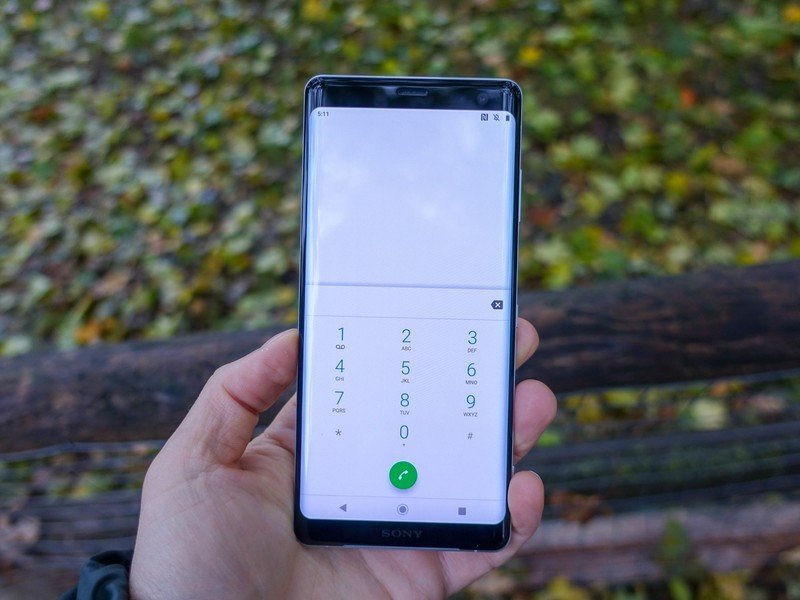
I think it works, and because it's a motor it can be tuned to your liking; the G7's bass increases and decreases proportionally to the phone's volume. And while the Dynamic Vibration System doesn't reproduce low-end the same way as a subwoofer, I think it's a stupendous solution to a problem many companies have struggled for a long time to solve.
Battery life is characteristically Sony excellent, which means all-day-plus, in my experience. Despite only having a cell size of 3,330mAh, Sony's imperious killing of background processes ensures that there's no workflow this phone can't survive. In my multi-week torture test of the XZ3, I didn't kill it before bedtime even once. Plus, it supports Qi wireless charging and USB-PD, so topping it up is fast and reliable.
As for software, I'm satisfied, if not elated, with Sony's restraint in Android 9 Pie. Yes, it ships with the latest version of Android, but it also looks increasingly like Google's version but for a launcher that can be easily swapped for something better. Sony doesn't inundate users with gimmicky features (save for one, which I'll get to), but there's plenty to like about the pre-loaded experiences, including a well-designed camera app and gallery, and first-party options that are inspired by, but don't copy verbatim, Google's Material Theme.
A few more things the Xperia XZ3 does well:
- Call quality is excellent, as is Bluetooth reliability.
- I used the phone on TELUS and Wind Mobile in Canada throughout my testing period, and both networks performed extremely well. Speeds were often well above 150Mbps in tests, and signal strength remained strong.
- While the XZ3 doesn't have a headphone jack, it's compatible with every USB-C earbud I own, which is encouraging.
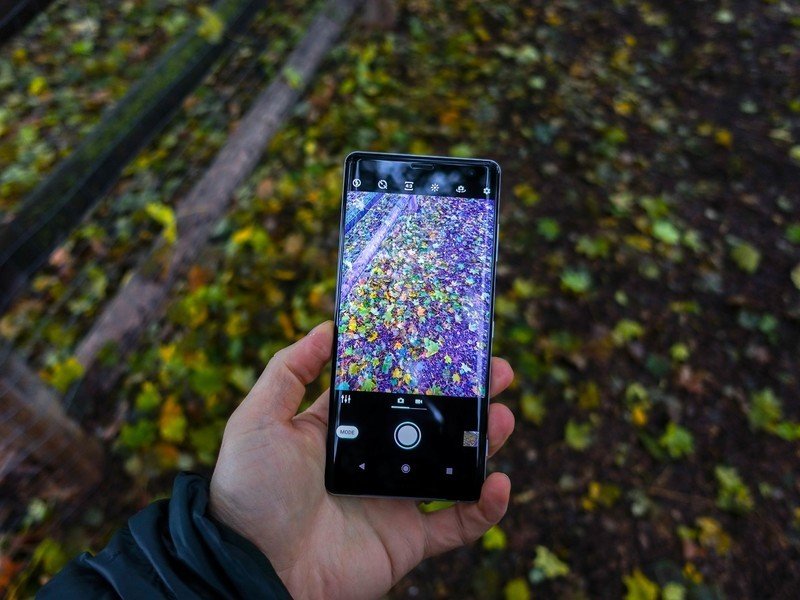
Sony Xperia XZ3 What's not great
There's a lot to like about the Xperia XZ3, but one thing dooms it, especially for the price: the camera isn't great. The 19MP sensor and f/2.0 lens combination goes all the way back to early 2017 with the Xperia XZs, and while Sony gave image quality a boost with the XZ2, switching from its own proprietary processing engine to Qualcomm's, and it showed — daytime images had better colors, and low-light photos weren't as bogged down with noise. Here's what I wrote when I reviewed the XZ2 back in June:
The phone makes smart decisions most of the time, but not every time, particularly in scenes with blown-out areas that require HDR, something Superior Auto is reluctant to apply.
That still applies today, but the points of comparison aren't the same. Since the XZ2's release, the Huawei Mate 20 Pro, Pixel 3, and iPhone XS have all been released, lengthening the delta Sony has to narrow to get back into camera conversation. The problem isn't that the XZ3 shoots bad photos — the sensor is good and the lens is sharp, so there are no real technical roadblocks here — but that they're lifeless and boring, especially when compared with the current crop of great camera phones. While Sony's camera app has improved immensely with its Android Pie update, the software just makes poor decisions.

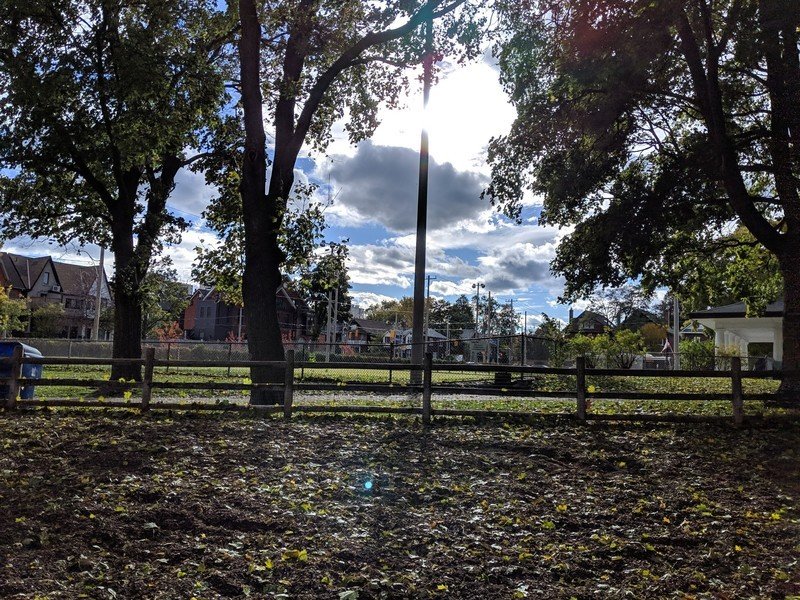
Colors aren't just lifeless, they're often wrong. White balance errs on the cool side, and exposure is infuriatingly inconsistent. And in situations where HDR is necessary, the automatic shooting settings don't activate it, washing out skies and other bright areas, or keeping darker areas completely imperceptible.


I have taken great photos on the XZ3, and on Sony phones in general, but they are usually done in manual mode, and with a bit of patience tweaking settings. That shouldn't be necessary.
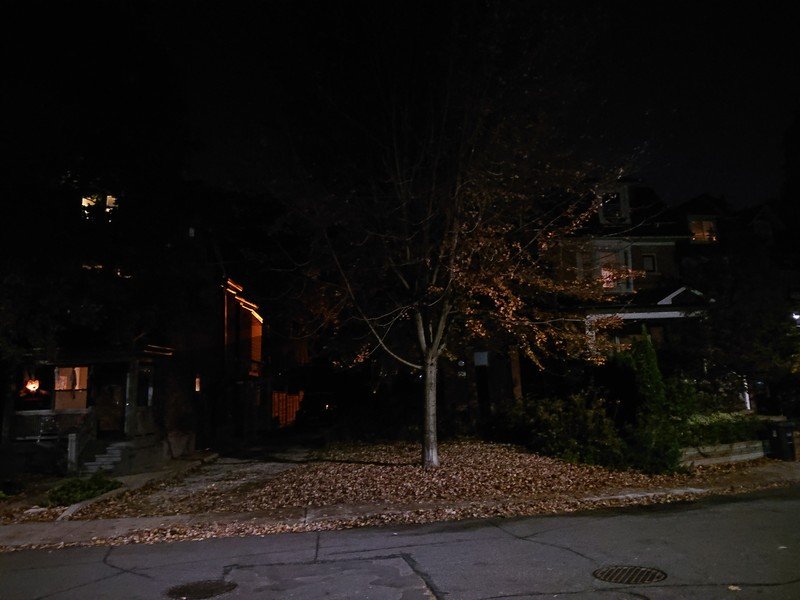

Sony's video prowess is also marred by an issue I also experienced on the XZ2: dropped frames. Shooting a random video in 4K nearly always results in blips in the viewfinder — it looks kind of like a glitch in the Matrix — which translates into dropped frames in the final product. I hoped this would be resolved with the update to Pie and the improved camera app, but it doesn't appear to have been prioritized.

Elsewhere, Sony's one software "gimmick", Side Sense, could have been great but is criminally underutilized. The idea of having a touch-sensitive side area isn't new to the industry — HTC's Edge Sense is probably the best-known and most robust example— but Sony's Side Sense tries a different tack. By default, double-tapping anywhere on either side of the phone's slightly curved glass — not the metal bezels, but the actual OLED display — shows your last eight most-used apps, with shortcuts to bring down the notification shade or to disable auto-rotate, among others. You can also configure a slide up or down the side to emulate Android's back button.
The Xperia XZ3's Side Sense feature could be an invaluable tool for power users, but it's bogged down by Sony's narrow thinking.
Side Sense would be useful were it not for its unreliable nature — you have to be very precise with your taps and swipes — and its lack of customization. Why not let me bring down the notification shade with a double-tap or slide instead of making me wade through a bunch of icons? Why can't you disable the app switcher altogether and just emulate the quick settings menu? Sony's idea is sound, but it didn't take into account that the last thing I need is yet another way for me to access my apps; the home screen is a single tap away, as is the multitasking menu.
For Side Sense to be useful it would have to let me automate tasks that aren't already within thumb's reach. (Can we also talk about the fact that Sony lets me pull down the notification shade using a shortcut within Side Sense but not by swiping down on the rear fingerprint sensor like nearly every other manufacturer? Come on.)
Moving onto hardware, I'm all-in on Sony's new design language and aesthetic, but my gosh this phone is slippery. Sony really should be including a case in the box — even a cheapy clear case — if it wants people to buy this. I can't tell you how many times I almost dropped the XZ3 during my testing period, and it slid out of my pocket more than once while sitting down.
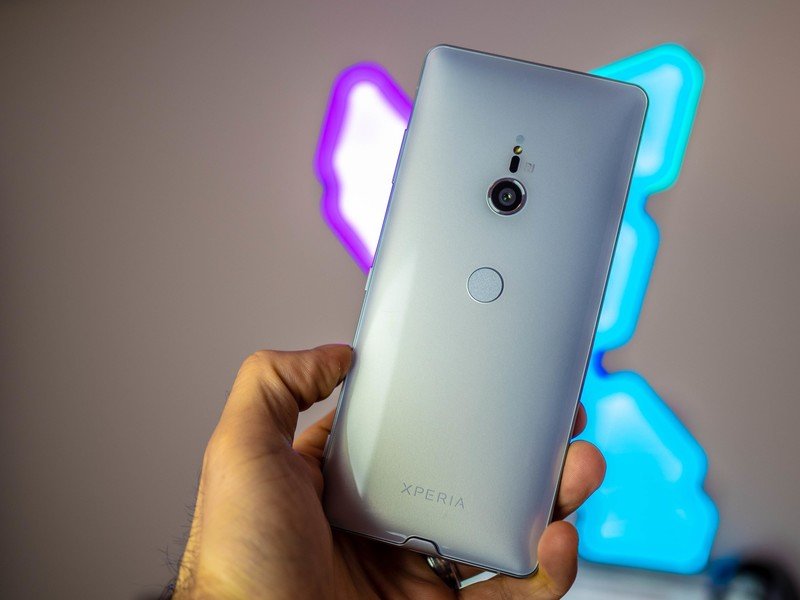
Sony Xperia XZ3 Should you buy it?
The Sony Xperia XZ3 is a good phone, and competes well with other flagships in its price range in every way but one: camera. That's unfortunate given Sony's position in the camera sensor market; it creates the actual sensors that go into every phone that destroys it in terms of photo quality and video performance. As Huawei, Google, Apple, and others invest in computational photography, Sony's left exposing the weakness of relying on hardware alone (or the consequences of bad software processing).
The phone's display and sound make for an enjoyable, if slight, upgrade over competing products, but it doesn't trounce any of them. Indeed, the screen on the newly-released OnePlus 6T is almost as good, though it lacks the XZ3's stereo speakers and powerful haptics. Sony also lacks a carrier ecosystem to fall back on in the U.S., so there's no getting it on a generous financing plan. Nor can you use the XZ3 on Verizon, which limits its potential uptake in the U.S. Even the OnePlus 6T can boast of being sold at a U.S. carrier and being compatible with Verizon's network.
3.5 out of 5
I'm a big fan of the Xperia XZ3, and have enjoyed my time with it. But like I've said with almost every other Sony phone (except the exceptional XZ2 Compact, which you should buy right now if you prefer small devices), it's too expensive, and requires a pretty substantial price drop to even be considered in the same breath as today's flagships. As many people pointed out to me already, why should you buy this when the Galaxy S9 and G7 ThinQ are available for under $700 right now, or when the OnePlus 6T is sold at a tantalizing $549?
I don't really have an answer for you. And that's a big problem for Sony.

Daniel Bader was a former Android Central Editor-in-Chief and Executive Editor for iMore and Windows Central.
